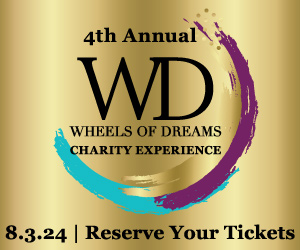By Kastle Waserman
Redline CELEBRATES 15 YEARS of giving artists a chance in Denver
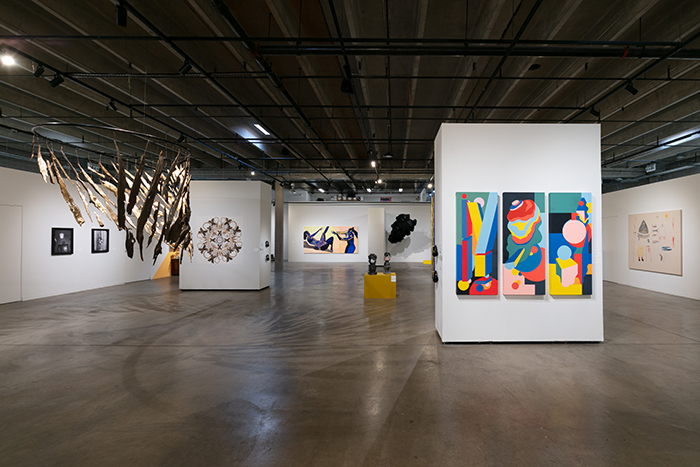
THERE IS A REASON FOR THE TERM “starving artist.” Historically, unless an artist breaks big, making a livable wage from art is difficult. This rings especially true in big cities like Denver, where the cost of living is considerably high. Enter RedLine Contemporary Art Center. Founded in 2008 by artist and philanthropist Laura Merage, the nonprofit arts organization aims to “foster education and engagement between artists and communities to create positive social change.”
They do this through their unique two-year Artist-in-Residency program, in which selected artists receive fully subsidized studio space. They are invited to hone their skills, be part of an arts community, show their work in exhibits and network with art industry professionals to whom they might not otherwise be exposed.
“We try to create a very tailored experience for each residency cohort based on their individual and collective goals,” says Louise Martorano, RedLine’s executive director. Through the program, residents advance their skills not only in art but in the business of art, so graduates leave with the knowledge to promote and sell their work. “The business part of being an artist is an enormous gap in school curriculums,” Martorano says. “You almost have to do a dual degree of fine arts and business, and that’s hardly affordable.”
RedLine provides that education to artists through real-life interactions with professionals and leaders in the arts industry. “We get a sense of what they’re looking for, bring in guest speakers to present on topics they’re curious about, and set up studio visits to build their network of professionals,” says Martorano.
RedLine is currently celebrating its 15-year anniversary with a series of exhibits. including “Breakthroughs: A Celebration of Redline At 15” hosted by the Museum of Contemporary Art Denver February 24 through May 28, consisting of a juried group exhibition with RedLine alumni artists.
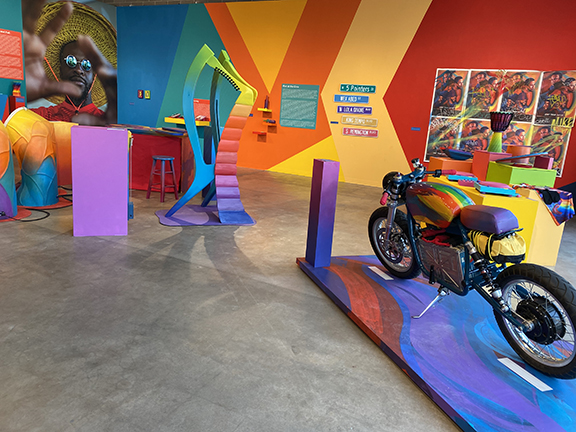
PHOTO: COURTESY REDLINE CONTEMPORARY ART CENTER
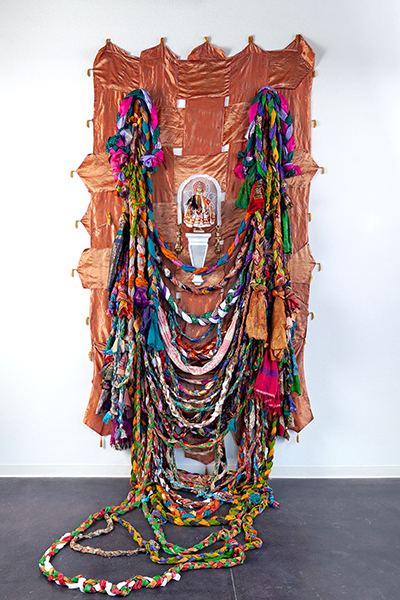
PHOTO: COURTESY WES MAGYAR
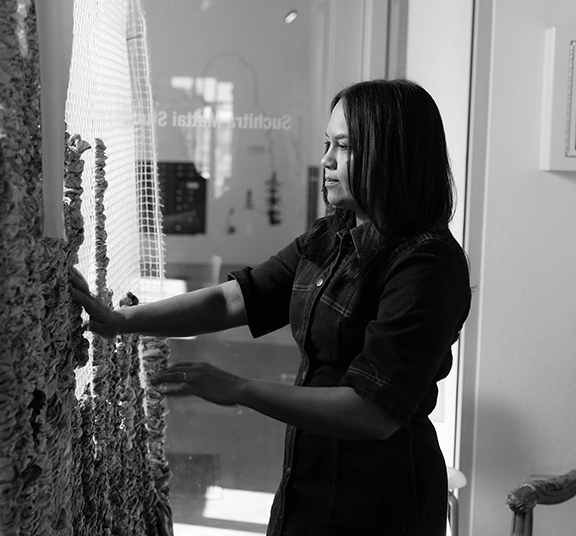
PHOTO: COURTESY KENDRA CUSTER
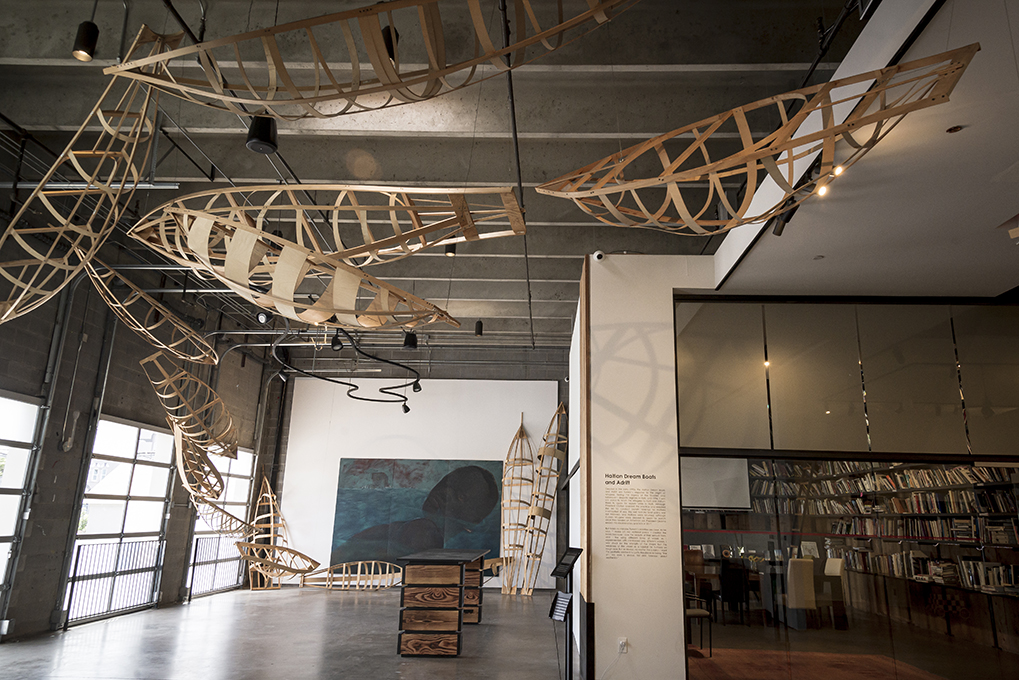
PHOTO: COURTESY REDLINE CONTEMPORARY ART CENTER
To be selected for the Artist-in-Residency program, an artist submits an application, which goes through an art jury of alumni artists, community partners and arts leaders. A community jury looks at specific application questions to understand what the artist is seeking in their career and why they are interested in the open studio format of RedLine. Candidates are then invited to be interviewed.
“We look for artists who understand the opportunity to connect to a greater community,” says Martorano. “The open studio is best suited for socially-engaged artists who like having dialog around their work and social interaction with peers. The structure of the residency is that the rotating exhibitions are within the studios. So people come see the art and can explore further through each studio door and connect with the artists.”
The greatest satisfaction for the RedLine team is the success stories. “There are so many artists that have come through and have had wonderful career trajectories,” says Martorano. One of the biggest successes is Suchitara Mattai. “She was an artist who went from selling works at RedLine for $500 to selling six figures.”
Of course, RedLine couldn’t exist without money to support its artists. Martorano says it’s a diversified revenue stream that helps fund the programming from public and private philanthropy, government partnerships, re-granting administrative support and individual donations.
Martorano hopes RedLine plays a role in nurturing Denver’s art community, which she says is unique in its collaborative versus competitive nature. “I’ve always been impressed with how the nonprofit arts organizations and cultural communities find ways to work together and leverage what we have for the arts.” she says.
At the same time, she adds, there is more work to do because Denver has become a popular place to live, making it more challenging to make a living as an artist. “Being an artist is one of the more volatile careers one can have,” Martorano declares. “We must look at how we continue to make Denver a supportive space by having different ways artists can participate in the economy, not price them
out of it.”
REDLINE CONTEMPORARY ART CENTER
2350 Arapahoe St., Denver
303.296.4448
redlineart.org


